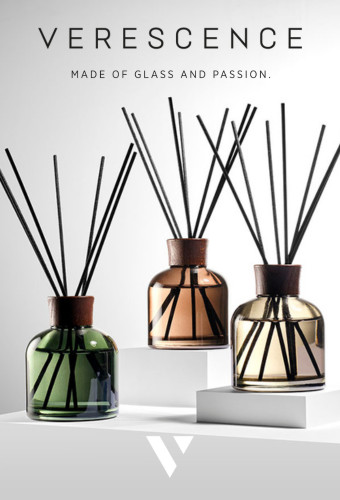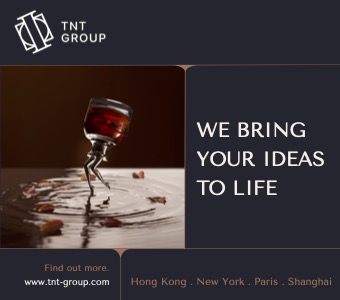
UFC-Que Choisir has analysed 16 consumer food and cosmetics products for nanoparticles of titanium dioxide, but also silicon dioxide, iron and zinc oxides (dyes). As a result, according to the consumer association, “100% of products analysed contain nanoparticles.” While, only three products mentioned them on their label.
Name and shame
Applying the name and shame method, the Association unveiled the names of the products concerned, among which, M&M’s Peanuts (Mars), the toothpaste Aquafresh triple protection+blancheur ( GlaxoSmithKline), the deodorant Sanex Natur protect 48h (Colgate-Palmolive), or Avène’s Cold Cream nourishing lip balm (Pierre Fabre Group). UFC-Que Choisir has also lodged a complaint in Paris against nine manufacturers [1], which it accuses of knowingly concealing the presence of these substances.
Titanium dioxide in the cross-hairs
Consumer associations have long been concerned about the presence of these nanoparticles in consumer products. The publication in January 2017 of a study confirming that chronic (oral) ingestion of titanium dioxide (TiO2) could contribute to the growth of precancerous lesions in rats has reinforced these fears. [2]
Identified by the food industry under the code E171, Titanium Dioxide is an additive used to whiten and intensify the shine of sweets or of some pastries. It is also used by the pharmaceutical industry and in cosmetics, more particularly in toothpastes and sunscreens.
Contested test methods
To respond to the concerns of NGOs, the government had announced at the end of August the reinforcement of controls by the DGCCRF (fraud control).
The results of these tests showed that 87% of the 40 cosmetics and 39% of the 74 food products analysed contained nanoparticles. But “only one product mentioned, on its labelling, the presence of all identified nanomaterials”, according to the Ministry of Economy. “The procedure asking manufacturers of these products to comply, is pending,” indicated to the AFP Alexandre Chevallier, Deputy Head of Office at the DGCCRF, also ensuring that investigations would continue in 2018. At this stage, however, the supervisory Bodies shall refrain from any legal proceedings.
Indeed, just because nanoparticles are found in a product does not mean they were voluntarily introduced by manufacturers. Many substances naturally contain nanoparticles. “This is why the European Regulation only requires their labelling under two conditions: It has to be manufactured intentionally, i.e., when more than 50% of it is present in an ingredient, and it must be insoluble or bio-persistent,” Anne Dux told the AFP.
While the DGCCRF prides itself on having "developed innovative methods of analysis", the issue at hand concerning the detection of nanoparticles is very complex. Certain techniques, such as electron microscopic analysis, can break apart molecular aggregates and reveal nanoparticles where there were none before. Others techniques can have the opposite effect. Some analyses conducted by the DGCCRF were for example unable to detect the presence of carbon black in a nano form in a product that mentioned it on its labelling!
Embarrassed reactions
The reactions of companies concerned are mixed. Indeed, it is a thorny issue to address. To avoid problems some of them have already decided to give up the use of TiO2. "We are well aware of the issue raised by UFC-Que Choisir," responded the Casino Group, ensuring that it had engaged in steps with the supplier of an additive present in a soup, towards its removal. “This will be effective in the coming weeks,” emphasised the Group.
Mars Chocolat France officials assured that their products complied with "all regulations in force", while underlining that the phase-out plan for TiO2, which was decided to meet consumers’ preferences for more natural ingredients, was a “priority”.
For its part, the Avène brand (Pierre Fabre Group) asked the UFC-Que Choisir Association to have some details on the methodology used in tests. “Our Cold Cream lip balm does not contain nanomaterials as defined by European cosmetic Regulations, as shown by the certificates given to us by our raw material suppliers,” underlined Avène officials.
In summary, complaints from UFC-Que Choisir are probably more indicative of the flaws in the methods of analysis than of a supposed lack of transparency from the industry. This probably explains why, for its part, the DGCCRF did not find it appropriate to prosecute. Supervisory Bodies have access to the technical files of products that must contain all the data on the ingredients used and their suppliers. To date, it seems that controlling this file remains the best way to detect a possible fraud.



































